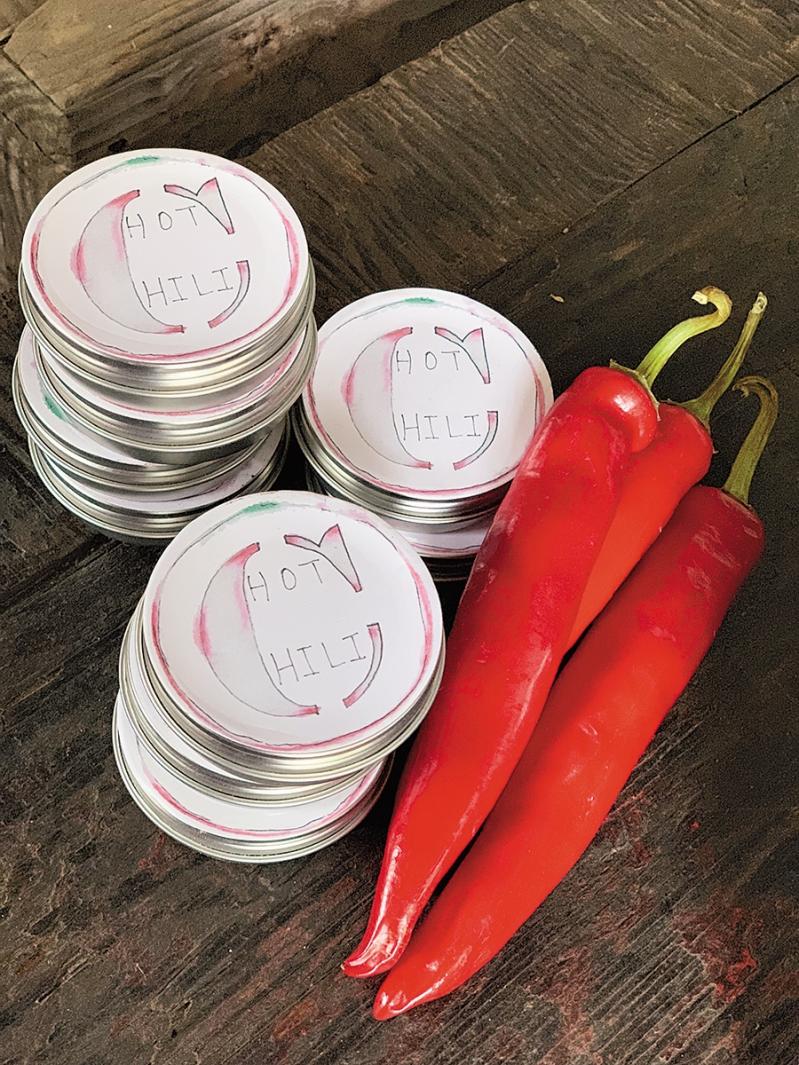You’ve heard the story about the three wise spice merchants who followed a star to a baby in a manger. Many a kingdom was built on the lucrative trade of spices across continents.
But you don’t need GPS to find local spices. Pepper flakes, for example, make a great gift.
Speaking of wise men, “I use chiles for flavor as much as I use them for heat,” says Joseph Realmuto of East Hampton’s Honest Man restaurant group. “There are so many different chile flakes and they all have unique flavor, which can help the flavor of a dish.”
As the executive chef behind the top eateries Nick & Toni’s, Rowdy Hall, La Fondita, TownLine BBQ, Coche Comedor, as well as Honest Catering, Realmuto has many opportunities to use his dried pepper flake arsenal.
“Depending on the cuisine I’m cooking — if I’m cooking clam sauce, I will use an Aleppo, because I like the hint of lemon it adds to the dish. If I’m cooking Mexican, or looking for a smoky chile, I will use chipotle,” he says. “It has a nice, sweet flavor with hints of smoke. If I just want to add heat, I will use red chile flakes,” he continues. “Chiles are a staple in Mexican cooking, so they go into 90 percent of our recipes at Coche Comedor: moles, salsas, and even in vinaigrettes.”
This season’s run of red chiles being pulverized and containerized by Ella Engel-Snow, a farmer on the Foster family farm in Sagaponack, is 100 percent cayenne. It’s the most common pepper used in the “crushed red pepper” found on supermarket shelves and pizza-parlor counters everywhere.
The difference between “crushed red pepper” and red “chili flakes” is that chile flakes are typically from a single type of pepper, in order to express that pepper’s unique primary and secondary flavors. Crushed red pepper’s primary use is to cast heat.
It’s a common misconception that capsaicin, the oil-like chemical compound that contains fiery heat, is found in the seeds. It’s actually concentrated in the inner white pith or “ribs” of the chile pepper.
By all accounts, the Fosters’ local rendition adds a uniquely vibrant flavor. Perhaps it’s the rare Sagaponack terroir of soil and sea: Bridgehampton loam and salty, South Shore breezes.
Foster Farm staffers value aesthetic presentation. Past seasons’ blends sometimes included their dried habanero and ancho peppers, but “they were kinda black, ugly,” says Suzannah Wainhouse, the farm manager.
(Do they use their popular dried peppers in any of the cocktails offered at their nearby Sagaponack Farm Distillery? “Not yet,” says Marilee Foster, farmer and distillery manager. “We had a cocktail with a black pepper syrup once but I was the only one who liked it — we’re always open to new recipes!”)
Foster Farm also grows jalapeño, poblano, shishito, bell, Italian frying, and lunchbox peppers; and it produces blended hot sauces. All of their hot peppers are available dried at Marilee’s Farmstand — currently open on Fridays only — while supplies last.
Wainhouse likes to top pizza and pasta dishes with red chile. “For a while I was carrying them around with me everywhere,” she says.
Steven Amaral often carries a host of spices around, too. The North Fork Chocolate Company’s co-owner and a James Beard Award–nominated chef, Amaral uses many local ingredients, but he wasn’t satisfied with the range of spices he could buy in our area. So he’s just launched his own spice import business — mainly importing from Sri Lanka to satisfy wholesale and retail orders.
What does this Aquebogue-based expert look for in pepper flakes? “I’m Italian, I need balance: heat, flavor, and that subtle sweetness of high quality dried peppers,” he says. Here's his recipe.
At this time of year, Amaral likes to add a pinch of chile flakes to the popular hot chocolate sold at North Fork Chocolate, which is a restaurant as well as a candy shop. Though the catering arm of his expanding company is full service, he is vegan and keeps the lunch menu at North Fork Chocolate vegetarian. He’s at work on his first cookbook. “Vegans are probably the biggest spiceheads,” he says. “It’s all about exploring flavor, and imbuing dishes with as much of it as possible.”
“I always like to fry the chile flakes in the oil when cooking,” Amaral notes. “It helps release all the flavor and heat. Not all chiles are hot. Take a moment and do a little research on the different varieties of chiles and how they can make your holiday dishes better.”
Also of particular note when it comes to following recipes using pepper flakes: a “dash” is 1⁄8 teaspoon, whereas a “pinch” is 1⁄16 teaspoon.
Stacy Dermont is coauthor, with Hillary Davis, of the best-selling regional cookbook The Hamptons Kitchen.

